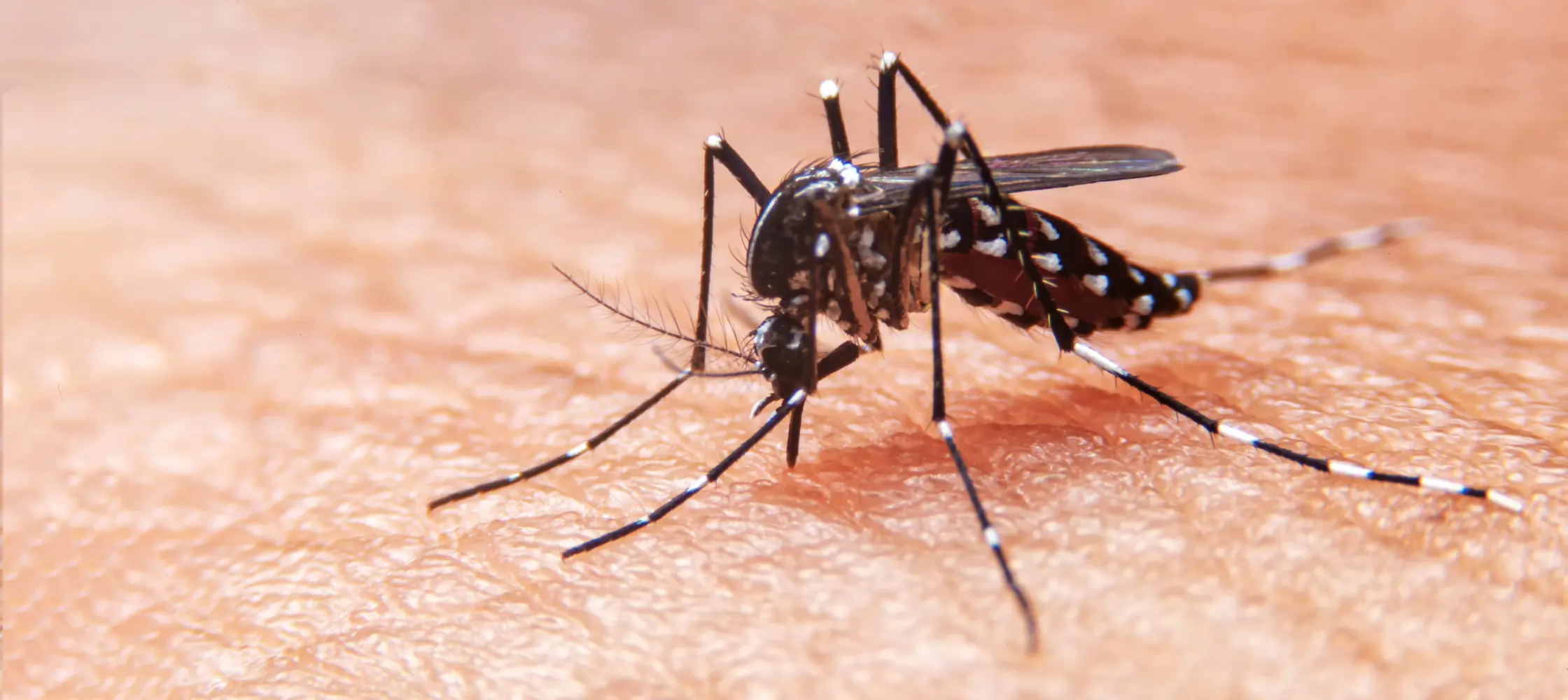
Dengue fever, a viral illness transmitted by the aedes aegypti mosquito, has become a pressing global health issue. This disease affects millions of people annually, with potentially severe and life-threatening consequences. Let’s look into the causes, symptoms, prevention, and treatment of dengue fever, emphasising the importance of comprehending and combatting this formidable threat.
At the heart of the dengue fever outbreak lies the aedes aegypti mosquito, the primary vector for transmitting the dengue virus. These mosquitoes predominantly inhabit tropical and subtropical regions across Africa, Asia, the Pacific, and the Americas. What makes them particularly menacing is their daytime activity, posing a significant risk to populations in affected areas.
Dengue fever can manifest in various ways, with symptoms ranging from mild to severe. Common signs and symptoms of dengue fever include:
High Fever: A sudden and persistent spike in body temperature.
Severe Headache: An intense, throbbing headache.
Pain Behind the Eyes: Uncomfortable eye pain.
Joint and Muscle Pain: Achy muscles and joints.
Skin Rash: A distinctive skin rash may develop.
Nausea and Vomiting: Feeling queasy and vomiting.
Mild Bleeding: Occasional nose or gum bleeding.
Fatigue and Weakness: Overwhelming fatigue and weakness.
In severe cases, dengue fever can escalate into severe dengue, also known as dengue hemorrhagic fever or dengue shock syndrome. This critical stage can lead to life-threatening complications, including bleeding, organ failure, and shock. If dengue fever is suspected, seeking immediate medical attention is crucial.
Prevention is the cornerstone of dengue fever control. Here are steps that individuals and communities can take to reduce the risk of infection:
1. Mosquito Control: Eliminate potential mosquito breeding sites by emptying containers collecting water, such as flower pots, tires, and water storage containers. Use mosquito nets and screens on doors and windows to keep mosquitoes out.
2. Personal Protection: In areas where dengue is prevalent, use insect repellent on exposed skin and clothing. Wearing long-sleeved shirts and long pants can minimize skin exposure to mosquitoes.
3. Community Action: Public health efforts targeting mosquito populations through larval source reduction and insecticide spraying can significantly reduce dengue transmission. Community involvement and awareness are essential.
4. Travel Precautions: When traveling to dengue-prone regions, take extra precautions to avoid mosquito bites. Opt for air-conditioned or well-screened accommodations and consider using bed nets if necessary.
Treatment for Dengue Fever
Currently, there is no specific antiviral treatment for dengue fever. The primary approach is supportive care, which includes:
1. Rest: Adequate rest is essential for the body to recover from the infection.
2. Hydration: Drinking plenty of fluids is crucial, especially in severe cases to prevent dehydration.
3. Pain and Fever Relief: Over-the-counter pain relievers like acetaminophen can alleviate pain and reduce fever. Avoid non-steroidal anti-inflammatory drugs (NSAIDs) like ibuprofen and aspirin, as they can increase the risk of bleeding.
In severe cases of dengue fever, hospitalization may be required to monitor and manage complications. Early detection and appropriate medical care are vital for a favourable outcome.
Dengue fever remains a significant public health concern in various parts of the world, continuously threatening human populations. Understanding the causes, symptoms, prevention, and treatment of dengue is critical in the fight against this disease. By taking proactive measures to control mosquito populations, protect ourselves from mosquito bites, and seek medical care when needed, we can collectively reduce the impact of dengue fever on our communities and work towards its eventual eradication. Despite ongoing efforts to combat dengue, cases are still rising in certain areas, underscoring the need for continued vigilance and action.
Your email address will not be published. Required fields are marked *
29 Jan, 2024
29 Jan, 2024
29 Jan, 2024
25 Jan, 2024